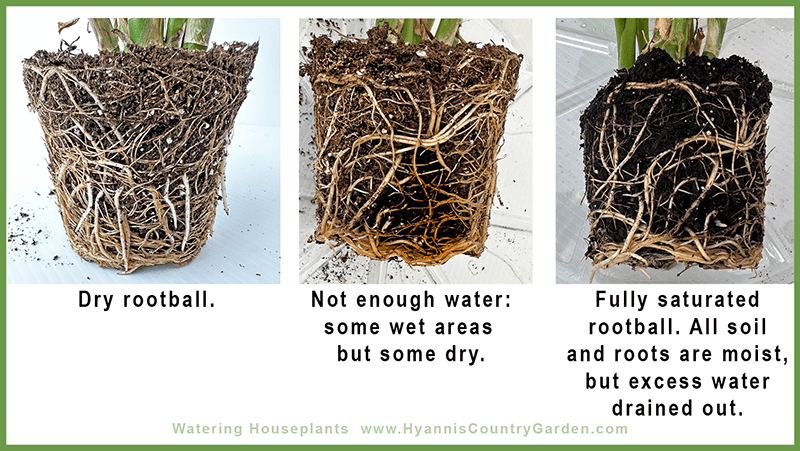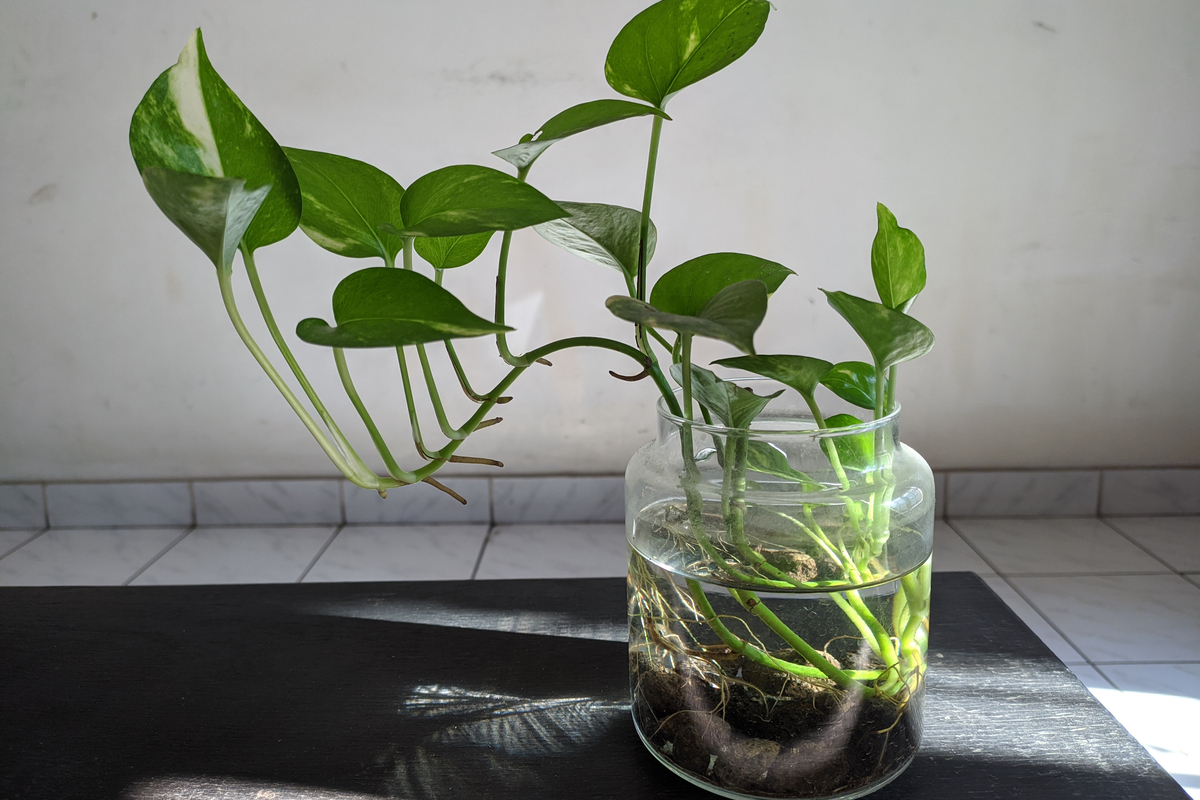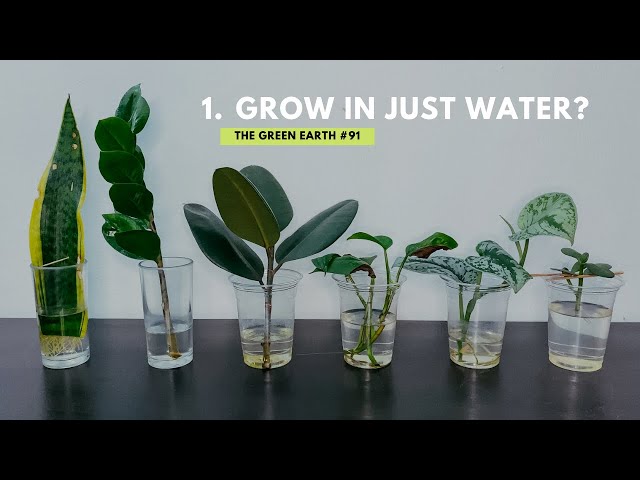Alright, let’s talk about growing plants in water, specifically if they need soil. I got curious about this myself a while back, so I decided to dive in and experiment a little. Here’s what I did and what I learned.
Getting Started: The Great Soil Debate

So, the big question buzzing around my head was: do plants really need soil, or is it just a convenient place for them to hang out? I mean, soil’s got nutrients, sure, but what if I could provide those nutrients another way? Time for a little experiment!
My Planty Guinea Pigs
First, I needed some plant candidates. I grabbed a few cuttings from plants I already had kicking around: some pothos (devil’s ivy), because those things are practically indestructible, a bit of tradescantia (wandering jew), and even a little sprig of mint. Figured they’d be good for testing.
The Water Setup
- The Vessels: I used a mix of stuff – some old mason jars, a couple of glass bottles that were just lying around, and even a clear plastic container. Nothing fancy.
- The Water: Just regular tap water to start, but I let it sit out for a day or so to let the chlorine evaporate. Didn’t want to shock my little plant buddies.
- The Nutrients: This was the key. I got some liquid fertilizer specifically for hydroponics. It’s basically plant food in a bottle. Followed the instructions on the label – usually a few drops per liter of water.
Planting Time (Well, Not Really Planting)
I took my cuttings and just popped them into the water-filled containers. Made sure that at least one node (the little bumps where leaves grow) was submerged. That’s where the roots would sprout. Then, I put the whole setup in a spot with bright, indirect sunlight. Not too intense, just nice and cheerful.
The Waiting Game (and Water Changes)

Okay, so this part required some patience. It took a week or two for the roots to start showing up. The pothos was the quickest – those things are eager to grow no matter what. The tradescantia and mint took a little longer. I changed the water every week or so, adding a fresh dose of liquid fertilizer each time. This is crucial – you don’t want the water getting stagnant or the nutrient levels dropping too low.
Success! Root City
After a few weeks, I had roots! Like, proper, tangled root systems growing in the water. The plants were putting out new leaves, and generally looking happy and healthy. The pothos, especially, was thriving. I even had to trim it back a bit to keep it from taking over.
The Verdict: Soil Optional!
So, here’s the thing: my experiment showed me that some plants absolutely can grow without soil, as long as they get the nutrients they need. The water provides the hydration, and the liquid fertilizer gives them the food. It’s basically hydroponics on a small scale.
Things I Learned Along the Way:
- Not All Plants are Created Equal: Some plants are way more suited to water-only growing than others. The pothos is a rockstar, but I suspect some of my other plants might not be as thrilled long-term.
- Nutrient Levels are Key: You gotta keep the water fresh and the nutrient levels consistent. Too much or too little fertilizer can cause problems.
- Algae is the Enemy: If your container is getting a lot of direct sunlight, you might start to see algae growing in the water. That’s not good. It’ll steal nutrients from your plants. Use an opaque container, or move it to a less sunny spot.
- Root Rot is a Possibility: Keep an eye on your roots. If they start looking brown and mushy, that’s root rot. Usually caused by stagnant water or bacteria. Change the water more frequently!
My Conclusion:
Do water plants need soil? Nope, not necessarily. But it takes a little more attention and effort to grow them without it. It’s a fun experiment, though, and a cool way to propagate new plants. Plus, it looks pretty neat to see the roots growing in the water!




















